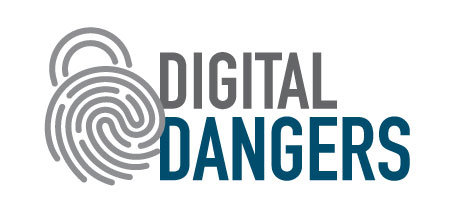Large law firms' secret information from big-money clients entice cyberthieves

Shutterstock
In the piece, the authors wrote that “cyberattacks are not going away anytime soon” and provided a “24/7 rapid-response hotline” for companies facing a crisis.
Unfortunately, one of the entries was not: “Realize that cyberattacks could happen to you.” Only 22 days after its blog post, DLA was brought to its knees by a separate ransomware attack. The infection spread to its offices around the globe, forcing employees to shut down their computers and refrain from sending digital communications.
In online parlance, DLA was “pwned.”

Cybersecurity and the law
A joint production of the ABA Journal and the ABA Cybersecurity Legal Task Force
If personal and confidential data are the currency in today’s electronic world, then law firms are sitting on a gold mine.
As DLA’s experience indicates, even large firms with digital security staff and robust resources can fall prey to hackers. With any number of financial institutions, multinational corporations, health care companies and credit agencies as clients, large firms have a duty to safeguard their confidential information that, in the wrong hands, could be devastating to not only their clients but also their own reputations.
This article was published in the January 2018 issue of the ABA Journal with the title "Big Targets: With access to top-secret information from big-money clients, large law firms are an enticing target for cyberthieves."



